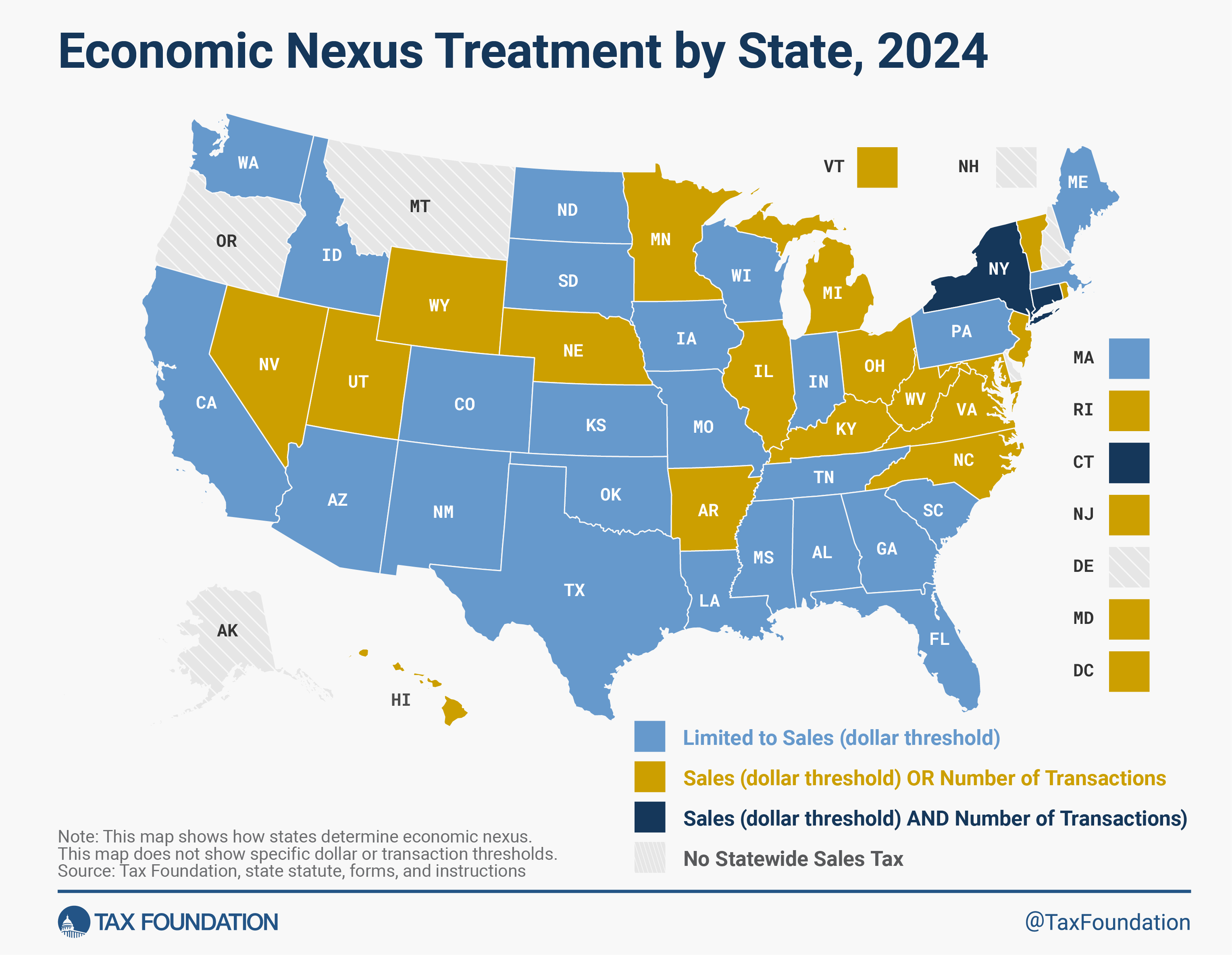Tax brackets and federal income tax rates for 2025
See 2024 Tax Brackets See 2023 Tax Brackets
On a yearly basis, the Internal Revenue Service (IRS) adjusts more than 60 tax provisions for inflationInflation is when the general price of goods and services increases across the economy, reducing the purchasing power of a currency and the value of certain assets. The same paycheck will cover less goods, bills, and services. It is sometimes called a “hidden” tax, as it makes taxpayers less wealthy due to increased costs and “bracket-creep”, while increasing government spending power.
to stop “ bracket creep” Bracket creep is a rise in income tax without an increase in actual income. Many tax provisions, both at the federal level and in state levels, are adjusted for inflation.
” Bracket creep is when inflation, not real income increases, pushes people up to higher tax brackets. In a progressive system of individual or corporate income taxes, rates increase as income increases. The federal income tax system has seven brackets for individual income; the corporate income tax is flat.
or reduces the value they receive from credits and deductions.The IRS previously used the Consumer Price Index (CPI) as a measure of inflation prior to 2018. Prior to 2018, the IRS used the Consumer Price Index (CPI) as a measure of inflation.
Cuts and Jobs Act of 2017 (TCJA), the IRS now uses the Chained Consumer Price Index (C-CPI) to adjust income thresholds, deduction amounts, and credit values accordingly.The new inflation adjustments are for tax year 2025, for which taxpayers will file tax returns in early 2026. The average increase in tax parameters will be 2.8 percent. In 2025, the federal income tax will have seven rates: 10 percent; 12 percent; 22 percent; 24 percent. 32 percent. 35 percent. Taxpayers with taxable Income will be hit by the top marginal rate of 37 percent. Taxable income is lower than gross income for both individuals and corporations.
above $626,350 for single filers and above $751,600 for married couples filing jointly.
https://www.youtube.com/watch?v=kYeZko1WKHQ
Confused? TaxEDU can help you improve your tax knowledge. Our resources to help you understand them aren’t.
Learn more
Standard DeductionThe standard deducton reduces a taxpayer’s taxable income to a certain amount set by the government. The 2017 Tax Cuts and Jobs Act, also known as the TCJA, nearly doubled it for all taxpayers to encourage them not to itemize their deductions.
& Personal ExemptionThe Standard Deduction will increase by $400 to single filers, and by $800 to joint filers.
The personal exemption for 2025 remains at $0 (eliminating the personal exemption was part of the Tax Cuts and Jobs Act of 2017 (TCJA).
Alternative Minimum Tax
The alternative minimum tax (AMT) was created in the 1960s to prevent high-income taxpayers from avoiding the
individual income taxAn individual income tax (or personal income tax) is levied on the wages, salaries, investments, or other forms of income an individual or household earns. The U.S. has a progressive income-tax system where rates increase as income increases. The Federal Income Tax was created in 1913, with the ratification 16th Amendment. Individual income taxes, which are only 100 years old but are the biggest source of tax revenue for the United States, have been around since 1913.
. The taxpayer must then pay the higher of the two. The AMT uses a different definition of taxable earnings called alternative minimum taxable Income (AMTI). AMTI is used to protect low- and mid-income taxpayers against the AMT. The AMT is levied at two rates: 26 percent and 28 percent. The AMT is charged at two rates, 26 percent and 28. Tax CreditA tax credit is a provision that reduces a taxpayer’s final tax bill, dollar-for-dollar.
The maximum credit is $4,328 for one child, $7152 for two children, and $8 046 for three or more children. The maximum credit is $4,328 for one child, $7,152 for two children, and $8,046 for three or more children.
Child Tax Credit
The maximum child tax credit is $2,000 per qualifying child and is not adjusted for inflation. The refundable portion is adjusted for inflation, and will remain at $2,000 for 2025. These taxes encourage consumption over saving, resulting in a lower national income.
Rates and Brackets (Long-Term Capital Gains)
Long-term capital gains face different brackets and rates than ordinary income (Table 6. Table 6. The Tax Cuts and Jobs Act of 2017, also known as the TCJA, includes a deduction of 20 percent for pass-through business. In 2025, the first $19,000 in gifts to anyone will be exempt from tax. This is an increase from the previous $18,000. Gifts to spouses that are not citizens of the United States will now be exempt from tax up to $190,000.
Stay informed on the tax policies impacting you.Subscribe to get insights from our trusted experts delivered straight to your inbox.
Subscribe to our Newsletter
Share this article






